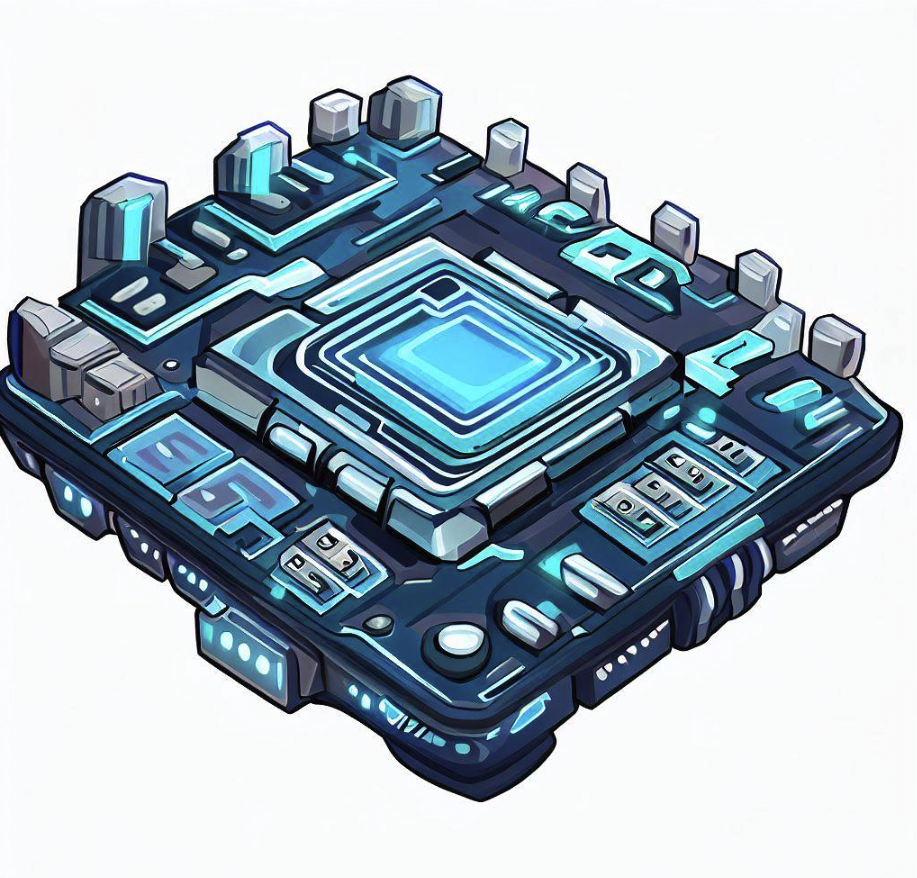There’s always something new and innovative in the tech scene that has the potential to disrupt how we lead our daily lives. For instance, we can all agree that the Internet is one of the most notable inventions that became open to the mainstream world at the turn of the century. Without it, we wouldn’t be enjoying online shopping, remote working, social media, and even iGaming on prominent platforms such as https://hitnspin.com/en.
But the Internet isn’t the end of the earth-shattering innovations that we have had the pleasure of experiencing in the current generation. Right now, the fruits of artificial intelligence are continuously becoming evident with the emergence of driverless cars, virtual assistants (Siri, Alexa, Cortana), and, most recently, advanced bots like ChatGPT.
We are also just scratching the surface of the potential in neural and brain-computer interfaces. These remarkable innovations have the command to revolutionize how we interact with technology by enabling direct communication between the human brain and external devices. How about that? Join us today as we explore this marvelous advancement, its diverse applications, ethical considerations, and future potential.
Table of Contents
The Power of Neural Interfaces
Neural interfaces have opened new frontiers, establishing a direct line of connection between the human brain and external devices. This breakthrough technology allows individuals to control computers, prosthetic limbs, and other devices using only their thoughts.
This ability to communicate directly with external devices through brain signals has immense potential for enhancing human-machine collaboration and transforming how we interact with technology.
Benefits of the Technologies
While still in its infancy stages, we are already witnessing the remarkable advantages of the applications of neural interfaces and BCIs. Through the miniaturization of electrodes, improved signal processing techniques, and advancements in neuroimaging, BCIs have become more accurate, efficient, and accessible. These technological breakthroughs have paved the way for a wide range of functions, making BCIs more practical for everyday use.
By bypassing traditional modes of interaction, neural interfaces bring unprecedented prospects for human life. Moreover, researchers and engineers continue to push the boundaries of neural interface technology, striving for greater precision, durability, and seamless integration with the human brain. Some of the ground-breaking benefits that the technology can facilitate are as follows:
- Healthcare and Rehabilitation: Through this tech, there’s new hope for individuals with paralysis, enabling them to control prosthetic limbs and regain mobility. These interfaces also hold potential for the treatment and management of neurological disorders, such as Parkinson’s disease and epilepsy. Essentially, BCIs provide novel solutions that improve a patient’s quality of life and offer greater independence;
- Gaming and Entertainment: Neural interfaces and BCIs offer immersive gaming experiences, allowing users to control characters and interact with virtual environments using their thoughts. This opens new dimensions for more realistic and engaging gaming experiences, where players can navigate virtual worlds solely through the power of their minds;
- Communication and Interaction: BCIs have the potential to revolutionize communication by enabling direct brain-to-brain interfaces. This breakthrough allows for exciting prospects, such as telepathic communication and collective problem-solving, which can transform how we connect and collaborate;
- Assistive Technology: The lives of individuals with disabilities are enhanced by providing alternative means of communication and control over their environment. From managing smart home devices to enabling hands-free communication, BCIs offer new avenues for increased independence and improved accessibility;
- Transforming Education: By enabling direct brain communication, BCIs can revolutionize how students learn and engage with educational content. Imagine a classroom where students can control virtual simulations, manipulate objects, and access information directly through the power of their minds. BCIs can personalize learning experiences, cater to individual needs, and open new avenues for interactive and immersive education. By harnessing the power of neural interfaces, education can be transformed into a dynamic and engaging process that enhances knowledge retention and stimulates creativity.
Navigating Ethical Frontiers
While BCIs hold immense promise, they also raise important ethical considerations. It is crucial to address issues surrounding informed consent, privacy, security of neural data, and the potential misuse of this technology.
As a result, establishing robust ethical guidelines is necessary to ensure the responsible development and deployment of BCIs, protecting user privacy, autonomy, and overall well-being. By prioritizing ethics, we can harness the full potential of BCIs while ensuring their responsible and equitable use.
Brave New World We Are Facing
We are moving into an era where technology is going to be integrated even more deeply into our lives. However, unlike the hi-tech we are all used to, neural interfaces are unique in that they enhance human capabilities instead of just being tools for making work easier. Here’s to ushering in a bright and beautiful world where humankind will leap miles ahead for the betterment of society by interfacing with technology.


